Problem Identification

You think there is a public health problem that can be addressed with a policy, but you need to determine the root cause and write a problem statement.
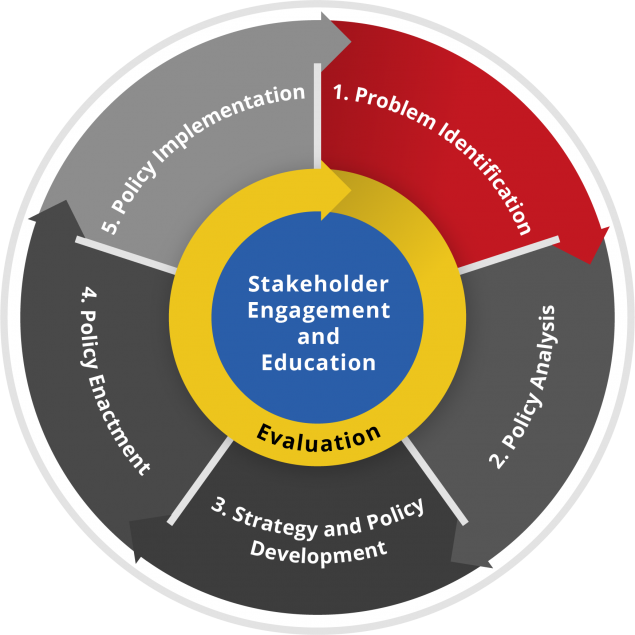
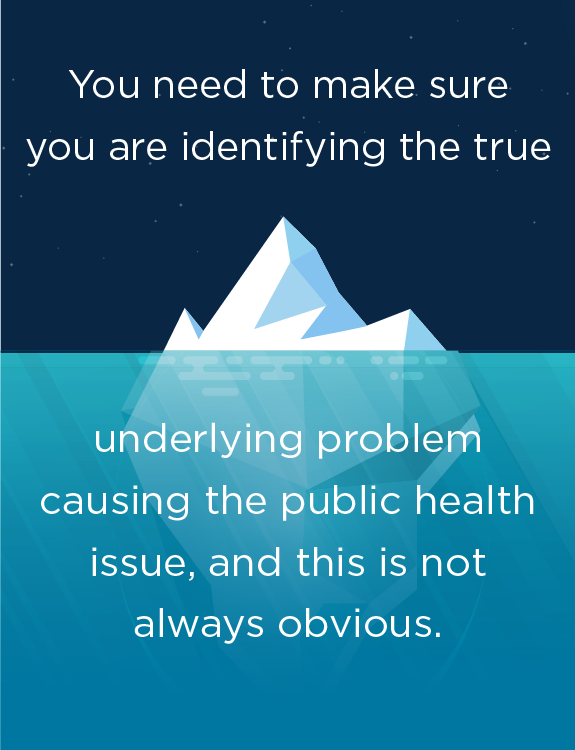
What is Problem Identification?
Problem Identification consists of:
- Clearly identifying the root cause of a problem
- Developing a detailed problem statement that includes the problem’s effect on a population’s health
Why is Problem Identification Important?
You need to make sure you are identifying the true, underlying problem causing the public health issue—and this is not always obvious.
Who Should You Involve in Problem Identification?
Many stakeholders are involved in the policy process. Stakeholders are people or groups closely affected by or concerned with the problem and are interested in policy solutions for it. Talking to stakeholders about the problem will help you with:
- Identifying the true, underlying problem
- Framing the problem accurately
Problems are unique to their contexts, so you will probably have to talk with several different stakeholders to get the full picture.

- Those who are affected by the policy (directly or indirectly)
- Those directly involved with or responsible for the policy
- People whose jobs or lives might be affected by the policy or any part of the policy process
- Community members and leaders
- Neighborhood associations and networks
- Those with strong influence in the community (e.g., media, clergy, doctors, CEOs)
- State and local health departments
- Interest groups (e.g., business, activists, academics)
- Funders and other resource providers
- Schools and educational groups
- Funders and other resource providers
- Evaluators
- Legislators, government officials, and other policymakers
Start with who you know - you can identify potential stakeholders by networking with existing partners.
The public health example below is for illustration and demonstrates the concept of identifying the underlying public health problem. It can be used for a variety of health topics.
In a city, women in Neighborhood A were getting adequate prenatal care, but women in Neighborhood B were not. However, the neighborhoods had the same risk factors for not getting adequate prenatal care.
To learn more about this issue, researchers asked stakeholders to provide data on why Neighborhood B had such low rates of prenatal care. Local clinicians said there was an increase in the number of missed appointments in that neighborhood over the past few years.
After interviewing health care providers and community members, the team learned that bus services in the neighborhood had been drastically cut in the last two years.
In this situation, stakeholder interviews helped the researchers understand the true, underlying cause of the lack of prenatal care in the city. They originally thought it was a health care problem, but in reality, it was a transportation problem.
1. Identify the root cause of the problem by collecting information and then talking with stakeholders.
Combining existing research and information from your stakeholders can offer some insight into the problem and its causes. Consider data sources that could help you more clearly define the problem. Start by doing an environmental scan, a literature review, and if necessary, surveys in the community.
Be specific! - For example, search for “lack of access to fresh fruits and vegetables” instead of “obesity.” Doing this can help you better understand what is contributing to the issue and identify possible policy solutions.
2. Develop your problem statement.
Describe how the problem occurs, how serious it is, and its outcomes and impacts. Doing this can also help you identify any gaps in the data you have gathered. The problem statement you develop might include:
an examination of the current body of research about your policy problem that can include possible policy options. This kind of review may help you identify what is known about the policy options as well as gaps in the current research.
a proactive, systematic collection of information about events, trends, and expectations of what you might encounter during the policy process.
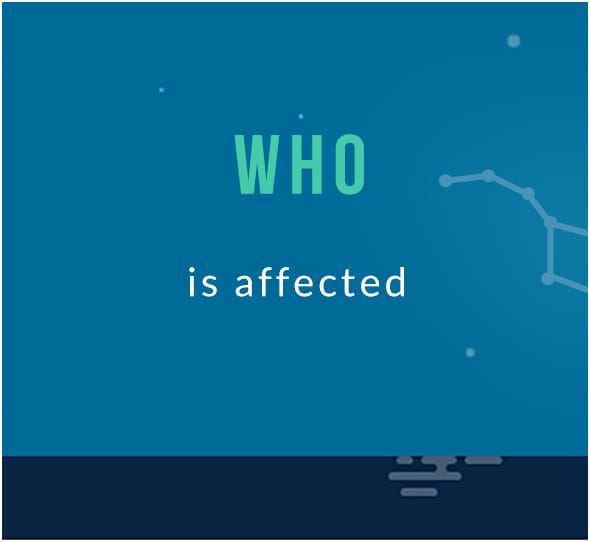
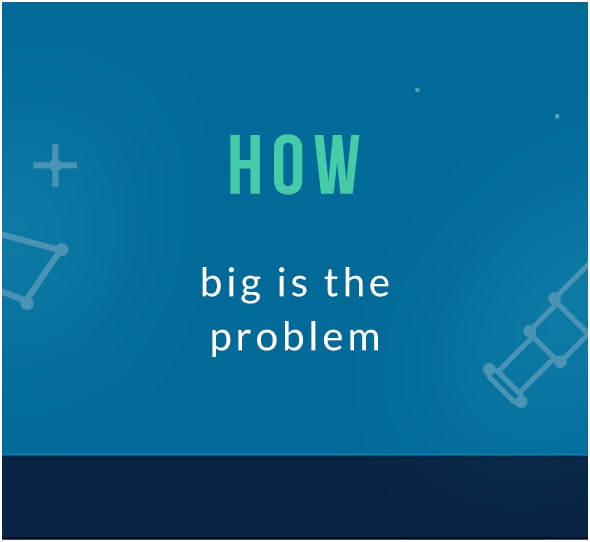
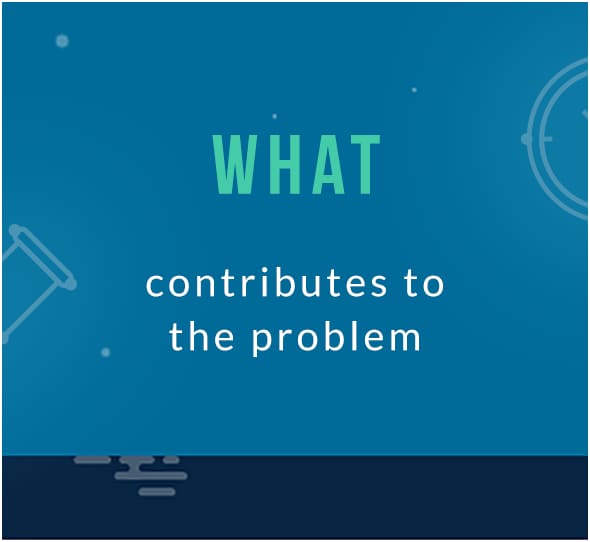
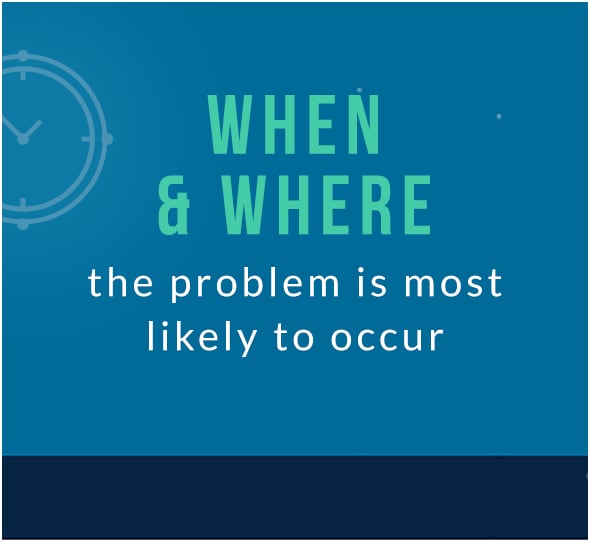
The public health example below is for illustration and demonstrates the concept of developing a problem statement and can be used for a variety of health topics.
Data from CDC show the scope of teen drinking and driving at the national and state levels and breaks it down by demographic. However, those data alone aren’t enough to help you understand whether it is a problem in your community. To learn more about how the problem affects your community, you can consult experts in public safety, groups working on prevention of drunk driving, and school officials. After doing that, you can write your problem statement, which might look like this:
Although fewer teens are drinking and driving, this risky behavior is still a major public health problem in this community. Drinking and driving among U.S. teens decreased by 50% from 1991-2012. However, high school teens often still drive after drinking—about 2.4 million times per month. In 2010, 1 in 5 teen drivers involved in fatal crashes had some alcohol in their systems. Of those drivers, most of them—about 4 in 5—had blood alcohol concentrations higher than the legal limit for adults. National, state, and local data show that risk factors for teen drinking and driving include lower socioeconomic status (which is associated with not having access to a car), lower driver education levels, and less access to alcohol.
Look ahead! – Make sure to frame the problem in a way that helps illuminate possible policy solutions.
How Do You Know Have Successfully Completed Problem Identification
- You collected information about the problem by combining existing research and information from your stakeholders, and you collected new data from the community if necessary
- You involved all relevant stakeholders when defining the problem
- The data you collected identifies the root cause of the problem and provides a complete picture of it
- Your problem statement includes:
- Who is affected
- How big the problem is
- What contributes to the problem
- When and where the problem is most likely to occur
- You framed the problem in a way that helps illuminate possible policy solutions
Tools
- Fast Stats: This website provides quick access to statistics on topics of public health importance. It includes the sources of the statistics presented.
- Introduction to Policy Analysis in Public Health Training Course: This online training course has a detailed section on how to write a problem statement, including what goes into it.
Reading:
- CDC’s Morbidity and Mortality Weekly Report (MMWR): This webpage provides searchable access to MMWRs, which provide accurate, objective information and data on a wide variety of public health topics.